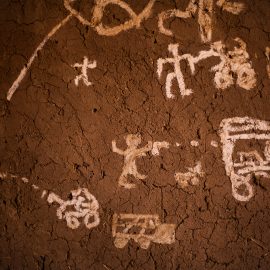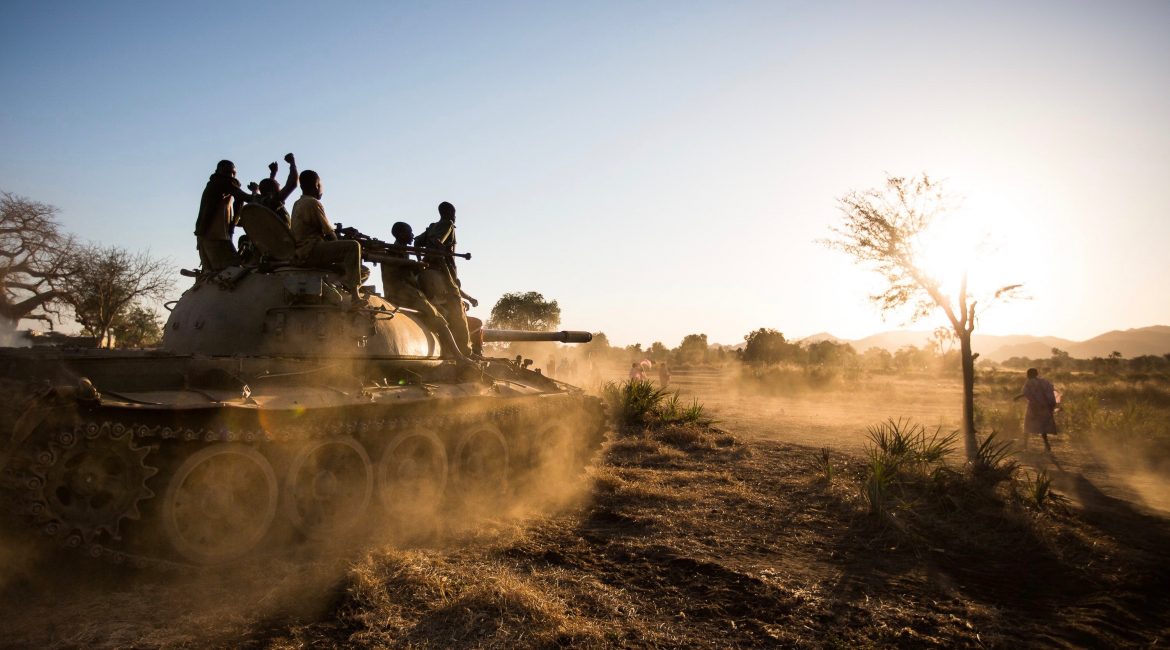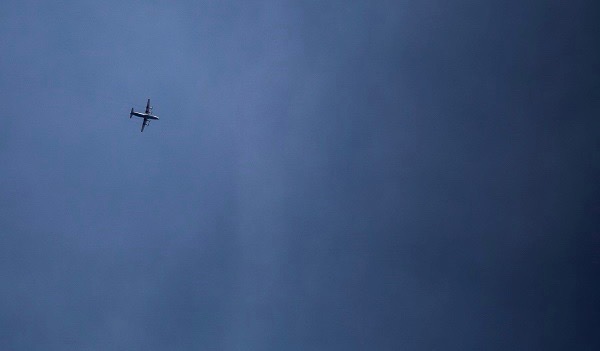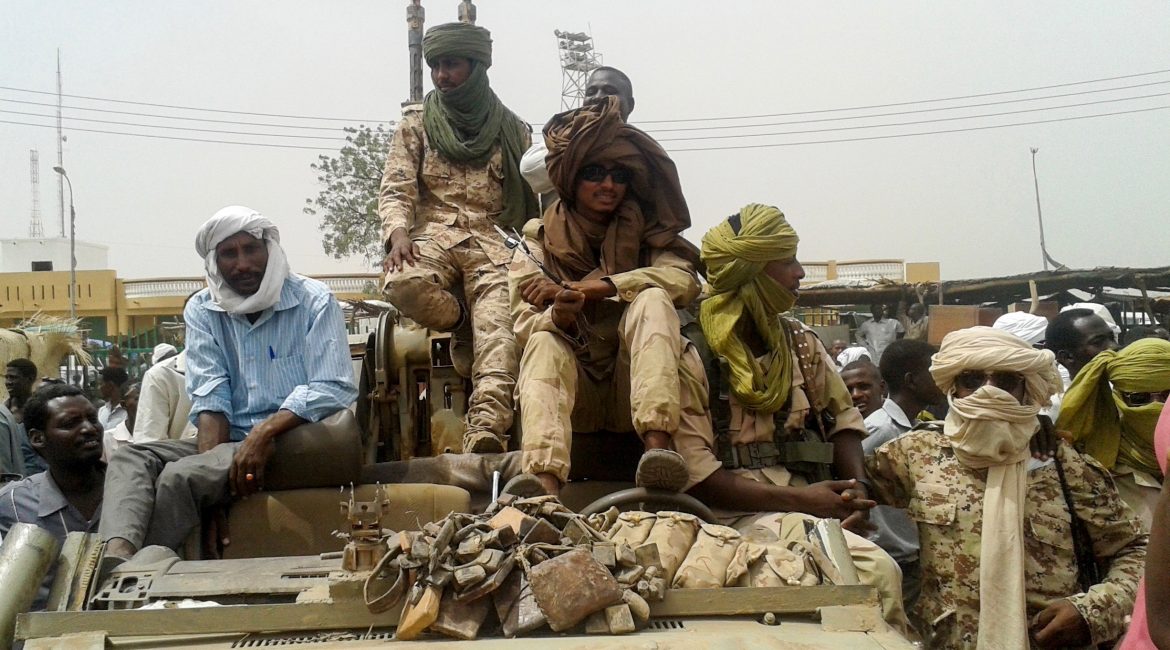This article is part of our Sudan Insider, a monthly publication providing news and analysis on Sudan’s biggest stories. Don’t miss other stories this month, on Sudan’s subsidy cuts, imprisoned Christian pastors, and increasing normalization between the West and Sudan.
Subscribe to receive the Sudan Insider in your inbox.
What happened…
As South Sudan continues to face political and economic turmoil, refugees from the Nuba Mountains who fled the five-year conflict in Sudan are now facing unrest with their southern neighbor. Refugees based in Lasu Camp, Central Equatoria State are now at risk due to repeated violence taking place in Yei, a neighbouring town.
On October 19, armed gunmen abducted 39 refugees from the camp and later killed two and injured five others. The UN refugee agency says four women and 28 children are still held in captivity in an unknown location.
This is not the first attack against the refugees in Lasu. A month earlier, armed groups went on a looting spree in the camp forcing 176 Nuba refugees alongside the host community to flee into dense forest areas.
Insecurity has blocked road access to the camp inducing severe shortages of food and medicine, compelling more refugees to leave the camp. The repeated attacks on the camp, including an August ambush on an aid truck carrying 15 metric tons of food intended for the camp, has compelled all Lasu refugees to desert the camp.
Severe outbreaks of malaria and other diseases have affected Yida camp in Ruweng State (formerly Unity State) in South Sudan with limited medicines available for treatment. Although the UN refugee agency closed the camp in June this year, compelling thousands of Nuba refugees to relocate to a neighboring camp, Yida still hosts thousands of Sudanese refugees predominantly from the Nuba Mountains.
What it means…
Many of those who ran away from Lasu had originally fled Yei a year earlier, the UN reports. The UN refugee agency relocated over 2,000 refugees based in Yei to Lasu Camp in September last year.
The sporadic conflicts erupting across South Sudan are affecting relief operations, including medical deliveries. Organizations working in Yida are experiencing an outbreak of malaria and a dearth of medical supplies due to disruptions in the supply chains, according to aid workers.
As of July 2016, roughly 230,000 Sudanese refugees were based in South Sudan, according to the UN refugee agency. This figure is likely to diminish as civilians, South Sudanese and refugees alike continue to flee the restive country. More than 10 percent of South Sudan’s 11.3 million people have fled the country in a mass exodus that is now accelerating, the UN reports. Uganda has received the lion’s share with 2,400 new arrivals daily in October and over a quarter-million new refugees since violence re-erupted in Juba last July.
Harvests in October and November are expected to reduce food insecurity in more areas of Sudan, thanks in part to above average rainfall, the Famine Early Warning System, a US-funded food security monitoring organization reports. But acute food insecurity is expected in the conflict areas, especially in South Kordofan State, making it unlikely for Nuba refugees to return home.
Get more news and analysis:
Subsidies Cut and Power Charges Hiked Across Sudan
Christian Leaders, Institutions Still Under Threat
“Normalization” between the West and Sudan
Subscribe to receive the Sudan Insider in your inbox.





